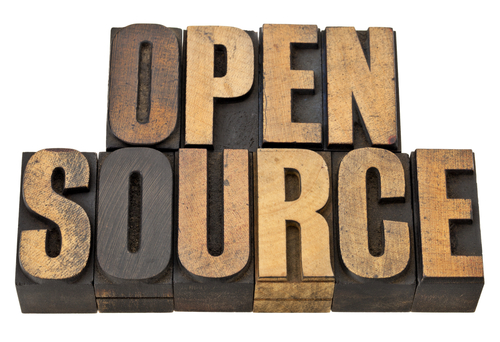Apache Ships Cassandra 2.0 Open-Source Database

The Apache Software Foundation (ASF) launches version 2.0 of the Cassandra NoSQL database
The Apache Software Foundation (ASF) has made available Apache Cassandra v2.0, the latest version of the highly-scalable, NoSQL big data distributed database.
Apache Cassandra powers massive data sets quickly and reliably without compromising performance, whether running in the cloud or partially on-premise in a hybrid data store, ASF officials said.
New Features
New features in Apache Cassandra v2.0 include lightweight transactions, triggers, and CQL (Cassandra Query Language) enhancements that increase productivity in creating modern, data-driven applications.
“The headlining features in 2.0 are lightweight transactions, CQL enhancements, and triggers,” wrote Jonathan Ellis, chair of the Apache Cassandra Project Management Committee and chief technology officer at DataStax, in a blog post on the new release. “But 2.0 also features a lot of internal optimisations and improvements,” he added.
 ASF officials said Cassandra’s fully distributed architecture provides critical fault tolerance to ensure applications will not go offline, and its linear scalability allows them to reach massive sizes while successfully handling thousands of requests per second.
ASF officials said Cassandra’s fully distributed architecture provides critical fault tolerance to ensure applications will not go offline, and its linear scalability allows them to reach massive sizes while successfully handling thousands of requests per second.
“In five years, Apache Cassandra has grown into one of the most widely used NoSQL databases in the world and serves as the backbone for some of today’s most popular applications,” Ellis, who also is vice president of Apache Cassandra, said in a statement. “Cassandra 2.0 makes it easier than ever for developers to migrate from relational databases and become productive quickly.”
When DataStax announced a new version of its database platform – based on Cassandra – in July, Ellis said, “Version 2.0 continues our focus on the developer experience. Features like lightweight transactions and cursors make the Cassandra Query Language even more powerful and easy to use, while we continue to make performance improvements under the hood.”
New features and improvements include:
- Lightweight transactions allow ensuring operation ‘linearizability’ similar to the ‘serializable’ isolation level offered by relational databases, which prevents conflicts during concurrent requests
- Triggers, which enable pushing performance-critical code close to the data it deals with, and simplify integration with event-driven frameworks like Storm
- CQL enhancements such as cursors and improved index support
- Improved compaction, keeping read performance from deteriorating under heavy write load
- Eager retries to avoid query timeouts by sending redundant requests to other replicas if too much time elapses on the original request
- Custom Thrift server implementation based on LMAX Disruptor that achieves lower message processing latencies and better throughput with flexible buffer allocation strategies
Copy Cats?
“What I’m struck by is how this release is characterised by a slew of relational database-like features, such as the enhancements to CQL – which is much like SQL, lightweight transactions and triggers,” Andrew Brust, founder and CEO of Blue Badge Insights and a big data guru, told eWEEK. “Seems that the next frontier for so many NoSQL and big data companies is to assume attributes of the technologies they have implicitly been discrediting.”